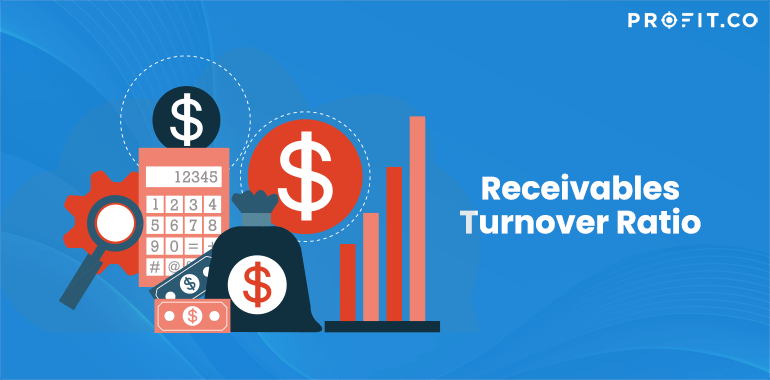To start with, the accounts receivable turnover represents an efficiency ratio. Thus, its main purpose is to assess the number of times a firm can turn its accounts receivables into cash over a specific timeframe. That is to say, this ratio calculates how many times a firm is likely to collect its average accounts receivable over a given year.
A turn means every time a company collects its rough receivables. Let’s look at an example, shall we? Considering that a firm had $20,000 of average receivables during a specific year and collected the sum of $40,000 of receivables during that timeframe, then the company would have accomplished to turn its accounts receivables twice. That’s because it managed to collect twice the approximate number of average receivables.
So, what is the goal of this specific ratio? In simple terms, it has to outline how effective a company is at collecting credit sales from clients. For example, there are companies that manage to collect credit sales in roughly 90 days, while others do that in up to 6 months. In specific situations, the receivables turnover ratio could be perceived as a liquidity ratio. The faster a company is capable of converting receivables into cash, the more liquid a company is.
Formula
How is the receivables turnover ratio calculated? In essence, the ratio is calculated by simply dividing the net credit sales by the rough accounts receivables, over a given period.
The reason why net credit sales are utilized as opposed to the net sales is that net sales don’t generate receivables. Since credit sales alone generate receivables, the cash sales are eliminated from the equation. Usually, net credit sales are present on a firm’s income statement over a specific period. However, it’s worth noting that some companies might not report credit and cash sales separately.
An Analysis of the Ratio
Furthermore, considering that the receivables turnover ratio assesses its capability of effectively collecting receivables, it is evident that the higher the ratio, the better for the company. A high ratio means that a company collects its money from customers within the right time. For example, a 2 ratio indicates that the company has collected the receivables twice a year, namely every six months.
From a cash flow point of view, a higher ratio is definitely more profitable, as well. As soon as a company can collect its money from customers, it can utilize the finances for paying bills or other obligations as expected. At the same time, it would be safe to say that accounts receivable turnover ratio mirrors the quality of both credit sales and receivables. Additionally, accounts receivables are, in many scenarios, posted as collateral for loans, which further outlines the significance of this ratio.
On a final note, this concludes our analysis of the highly utilized ratio known as a receivable turnover ratio. We hope that our article has addressed your main questions regarding this specific ratio, its importance, and the reasons why it is utilized by most companies.
